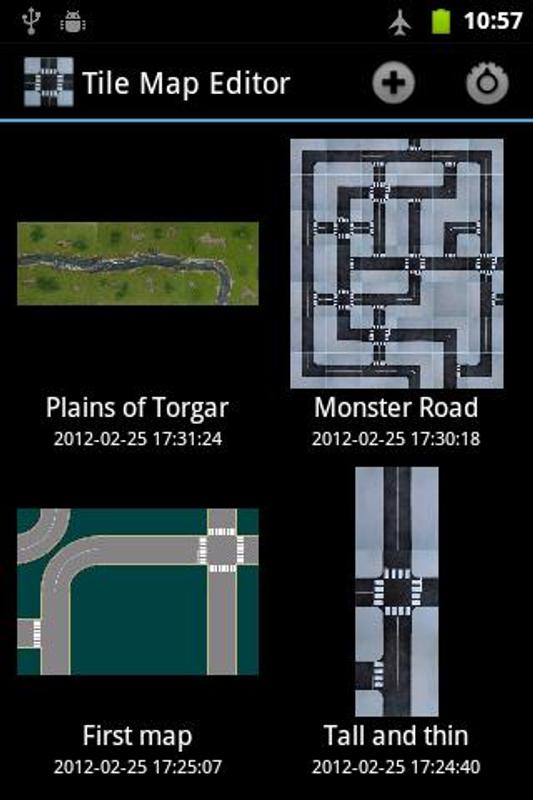
In addition to layers of tiles, Tiled also supports image and object layers. It is a 2d array of tile indices implemented as a 1d array, along with storing the width, height, and any properties that apply to the entire layer.

In Tiled, properties are simply key/value pairs, i.e. Propertiesīecause Tiled is intended to be usable in a wide variety of games, it allows properties to be defined on almost everything. However, it adds additional concepts to tile maps that we have not yet discussed.
#Tiled map editor series#
You can read more about Tiled and its functionality in the documentation and covered in this video series by GamesfromScratch. It allows you to quickly create a tilemap by importing tilesets and drawing the map using a suite of visual tools. Tiled is free, open-source, and widely used in the games industry.
#Tiled map editor free#
One of the best free tools to do so is the Tiled Map Editor. Instead, we want a tool to edit the map visually.
#Tiled map editor how to#
Check back in the next upcoming weeks as we go over how to implement maps into games, among other interesting topics.Once we start thinking in terms of large, complex maps editing the map by hand becomes a daunting task. I didn’t put as much time as I would have liked into the drawing of these assets, but hopefully this inspires you enough to go out and draw something awesome. Okay! Now we are on our way to making something interesting. Add some eye candy. Adding objects makes the map look much more interesting: Here is what mine ended up looking like:Ħ. Once you have it selected go ahead and draw your terrain on the grid! Try making some interesting shapes and layers to make it have some depth. Use the blue outlining tool that will automatically appear when you mouse over your map.
#Tiled map editor plus#
Click the plus button to create a new terrain. You can find this button on the bottom right:ģ. Drag your map into Tiled and select the terrain button. The easiest way to draw this is to sample the surface colors of your land tiles and put them right in the center of your four corner tiles.Ģ. This represents the top, bottom, left and right corner edges that you will need to complete your terrain map. Note how the grass is in the center of the corners.

The hardest part of drawing a terrain is probably figuring how to draw the corners. For this demonstration I have made all of my tiles 100 pixels high by 100 pixels wide. Each tile should be EXACTLY the same amount of pixels high as they are wide, otherwise it might appear to look off. The land tiles are the nine to the left and the corner tiles are the four to the right. There are several ways you can arrange these but I like to use the format shown in the picture below. For your tile map you are going to draw nine land tiles and four corner tiles. This should save you one or two head slams to the wall.ġ. Instead you can follow these handy steps to building large terrains within a matter of minutes instead of countless hours. Hey there, humans! Know what’s really cool about using the Tiled Map editor? You don’t have to place every single terrain tile by hand like a goon (like I was doing).


 0 kommentar(er)
0 kommentar(er)
